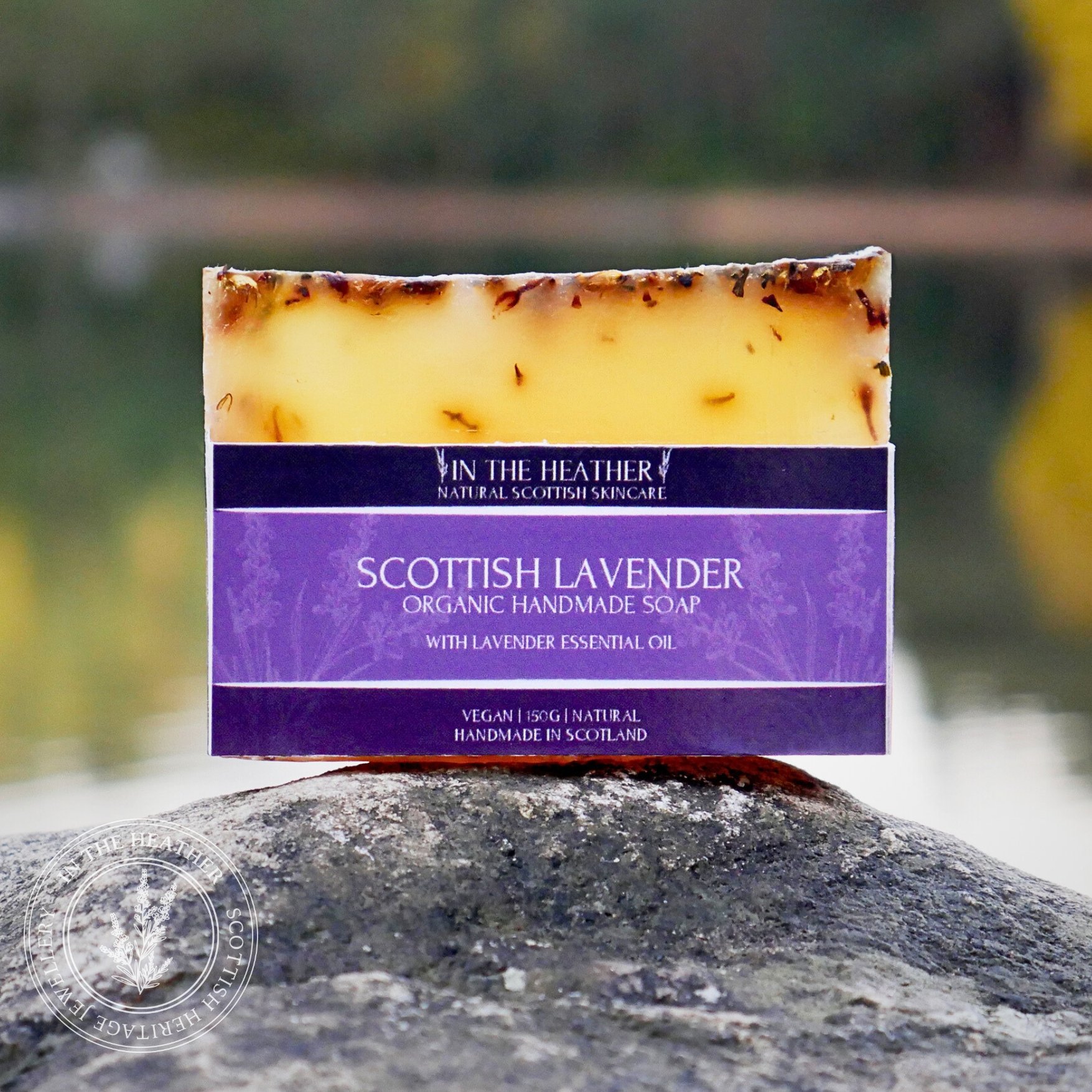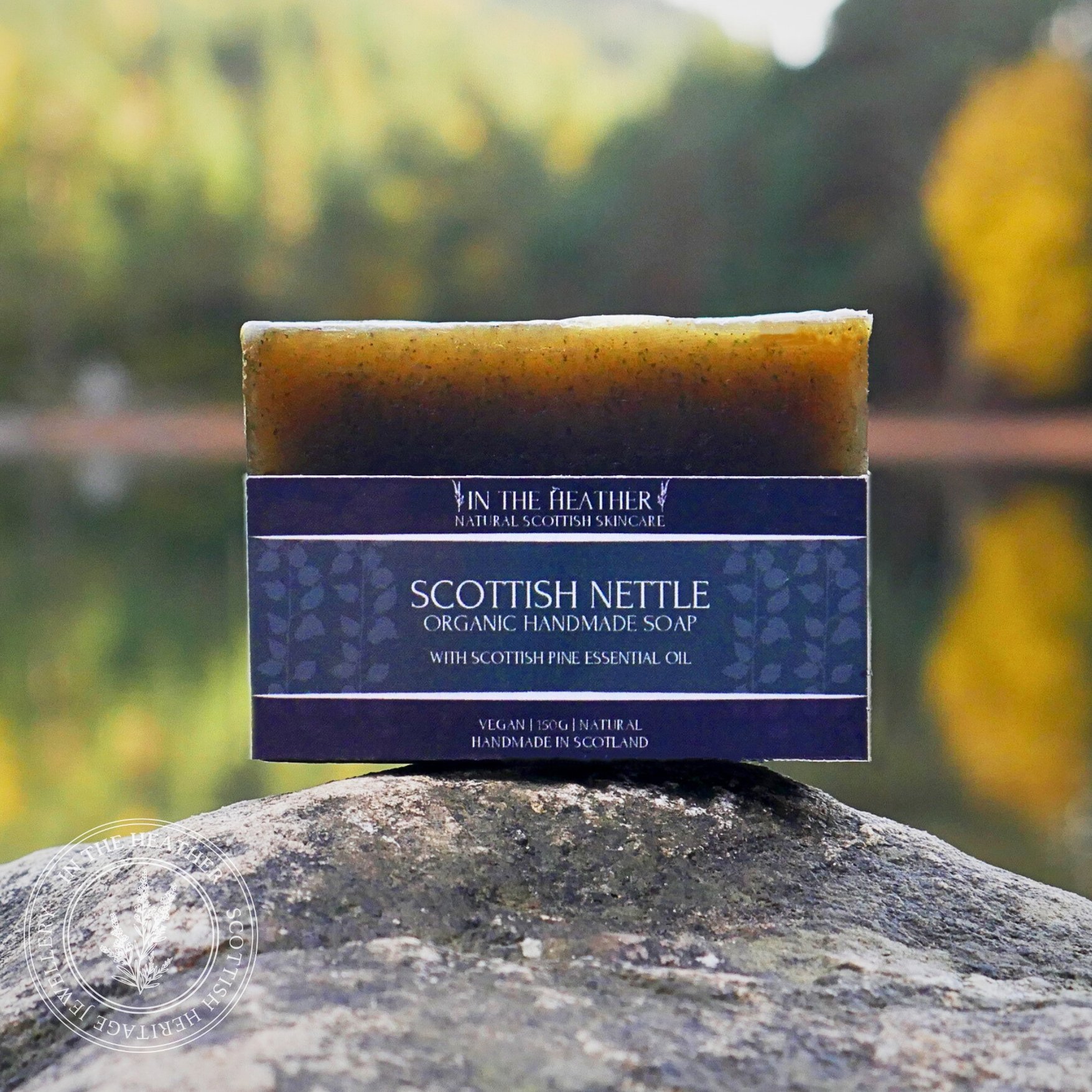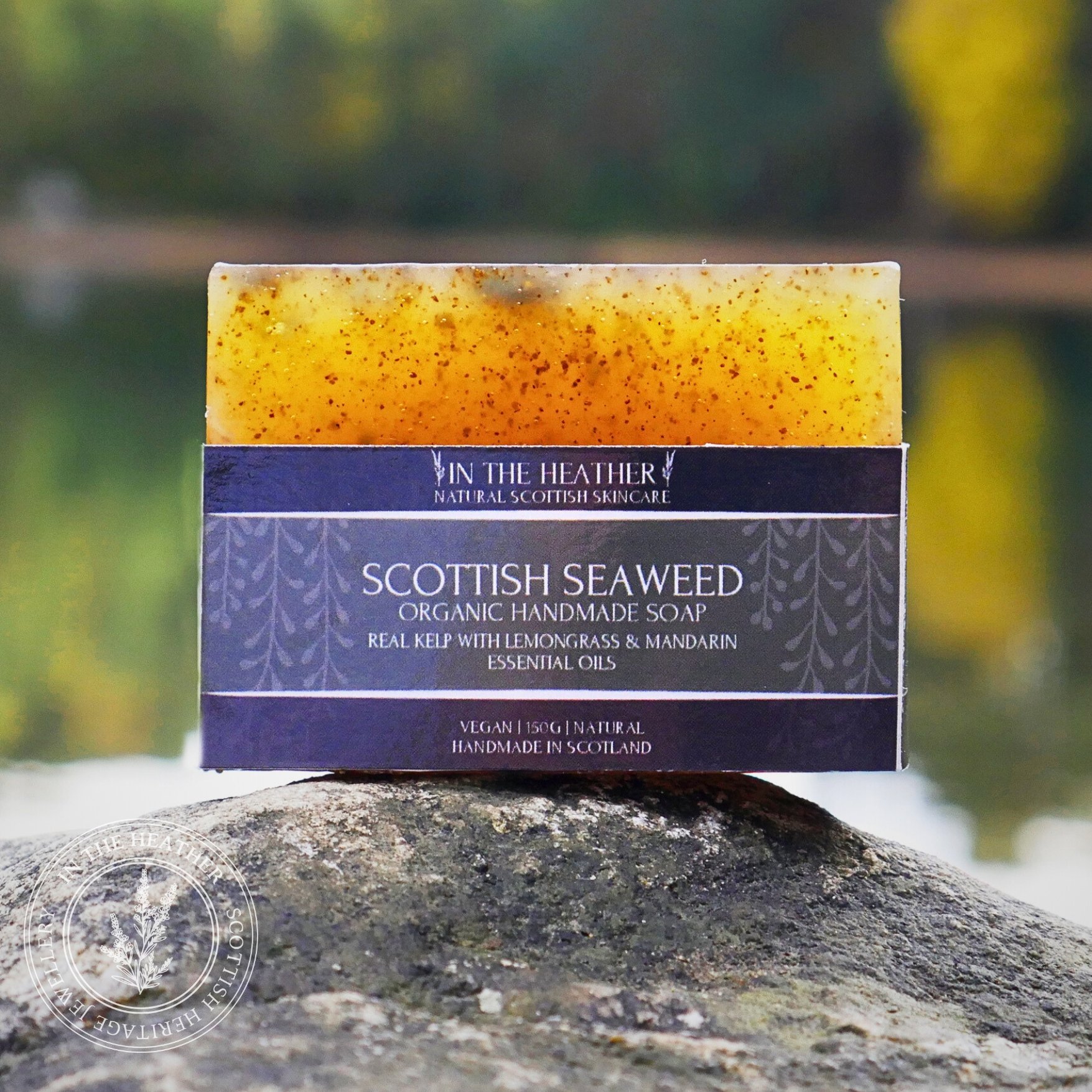

Size M | Extremely rare yellow sea glass ring in sterling silver | Collected from Wemyss Bay
The Scottish history behind sea glass & where it comes from:
From the 1700’s until the mid 1950’s, glass factories lined the coastline of Scotland and manufactured bottles, decorative tableware, perfume bottles, window panes and other items. This was a thriving and crucial industry here in Scotland for hundreds of years. These factories often dumped the waste glass directly into the sea and over decades and even hundreds of years the chemical reaction with the saltwater and abrasion from sand and rocks has created beautifully frosted pieces of sea glass.
The history behind this piece:
Yellow sea glass is one of the very rarest in the world and after World War 1, manganese (purple sea glass) glass was no longer manufactured and glass was mixed with selenium instead to remove the natural green and aqua colours of glass. Selenium was used during this era in Scotland to whiten the glass however, just like the manganese glass, this glass turned a golden yellow colour when exposed to sunlight over time. Another famous error in Scottish glass manufacturing! One in 35,000 sea glass pieces are yellow. This piece of sea glass will also become more golden over time when exposed to sunlight.
Dimensions & sizing:
Sea glass size: 12mm (1.2cm) in height
Ring size: M
All sterling silver
The Scottish history behind sea glass & where it comes from:
From the 1700’s until the mid 1950’s, glass factories lined the coastline of Scotland and manufactured bottles, decorative tableware, perfume bottles, window panes and other items. This was a thriving and crucial industry here in Scotland for hundreds of years. These factories often dumped the waste glass directly into the sea and over decades and even hundreds of years the chemical reaction with the saltwater and abrasion from sand and rocks has created beautifully frosted pieces of sea glass.
The history behind this piece:
Yellow sea glass is one of the very rarest in the world and after World War 1, manganese (purple sea glass) glass was no longer manufactured and glass was mixed with selenium instead to remove the natural green and aqua colours of glass. Selenium was used during this era in Scotland to whiten the glass however, just like the manganese glass, this glass turned a golden yellow colour when exposed to sunlight over time. Another famous error in Scottish glass manufacturing! One in 35,000 sea glass pieces are yellow. This piece of sea glass will also become more golden over time when exposed to sunlight.
Dimensions & sizing:
Sea glass size: 12mm (1.2cm) in height
Ring size: M
All sterling silver



















